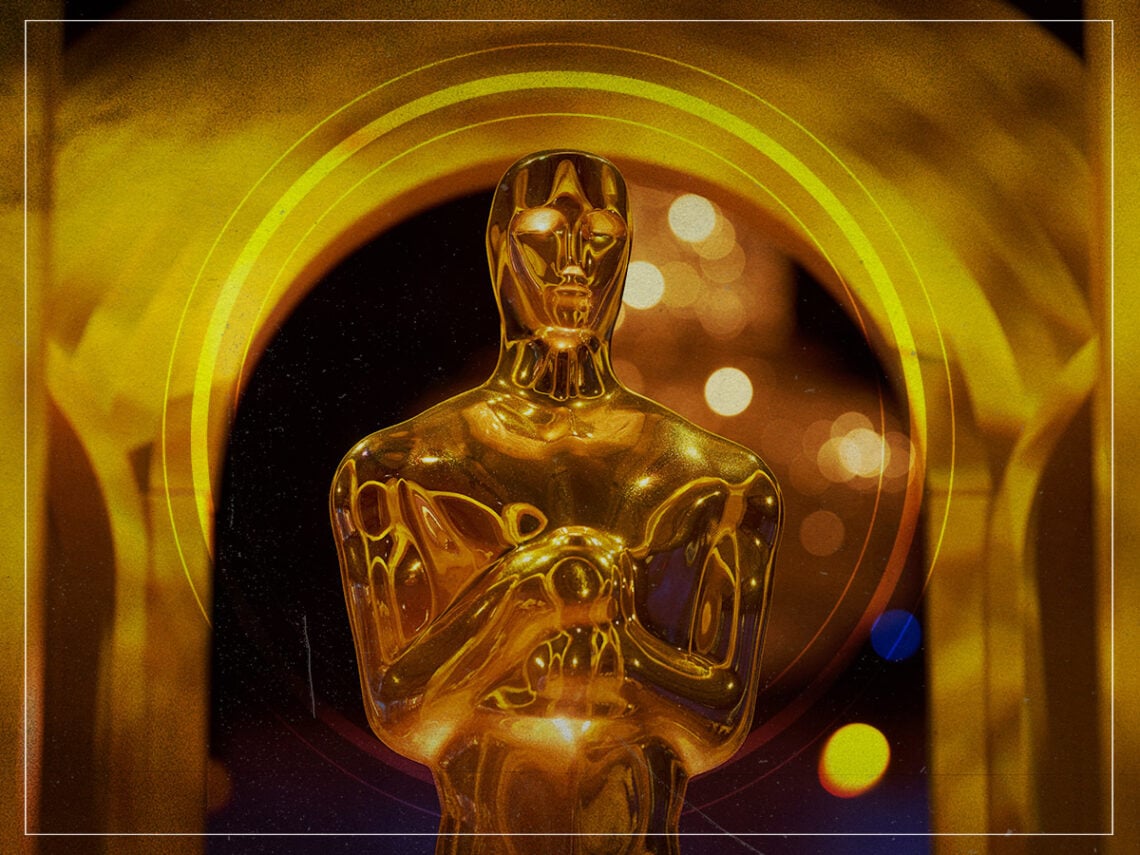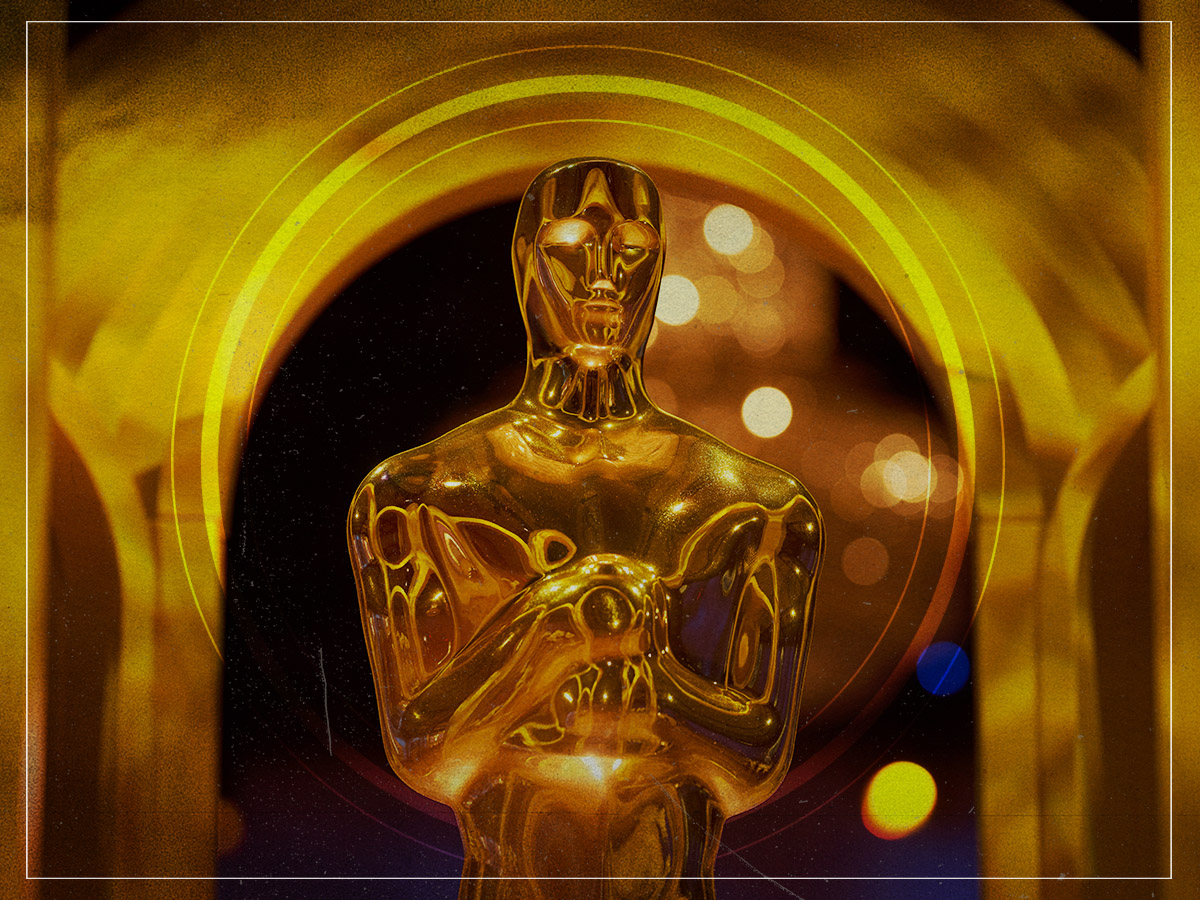
Credits: Far Out / Kyusung Gong / ©A.M.P.A.S.
Sat 18 October 2025 11:31, UK
1991 was one hell of a year. Nirvana unveiled their genre-defining album Nevermind, Massive Attack put out Blue Lines, Thelma and Louise was released to rave reviews, and Robin Williams melted our hearts with The Fisher King. That same year, the Academy of Motion Picture Arts and Sciences honoured a rather unlikely horror film with the coveted ‘Best Picture’ award.
To grab the award could and perhaps should be arbitrary. An accolade determined by those not making the movie is as useful for determining the quality of a picture as the doorstop it should become. But, winning awards also opens doors, and so the fact that horror has rarely been given its big moment is a difficult pill to swallow. The genre has been around for a long enough time, after all.
Even though some of the earliest films in cinema history were horrors – 1927’s Nosferatu being an obvious example – the genre has always been regarded with a certain scepticism.
This perception of horror films as cheap thrills lacking in artistic merit probably goes back to the ’50s and ’60s, when zombie films (cheap to make and always popular with teenagers) were ten-a-penny and thus regarded as innately less valuable than gritty dramas like On The Waterfront or sweeping epics like Lawrence of Arabia.
The idea that a certain “cheapness” should affect a genre’s addition to the roster of winners probably highlights everything that is wrong with awards ceremonies in the first place. However, the real missed opportunity is not recognising a genre that devotes itself to evolution.
There is no cinematic genre as humbly devout in its desire to out-scare, out-freak, out-gross and all of the above its predecessors more resolutely than the filmmakers who reside under the categorisation of horror. They continually push the envelope in an attempt to leave their audiences more brutalised than ever before. It’s a shame that only one horror picture has even been bestowed this great honour.
What was the first horror ‘Best Picture’ winner?
It must have come as a surprise, then, when Oscar viewers saw that The Silence of the Lambs, a deeply unsettling psychological horror film about a cannibalistic serial killer, had been nominated for ‘Best Picture’ alongside The Prince of Tides, Bugsy, Warren Beatty’s JFK and Disney’s Beauty & The Beast.
Starring Jodie Foster as FBI student Clarice Starling, The Silence of the Lambs tells the story of psychiatrist-cum-psychopath Dr Hannibal Lecter, who has been placed in a maximum security prison for murdering and devouring several unfortunate victims. Convinced that Lecter has insight into the ongoing case, Jack Crawford decides to use Starling as bait.
On release in February 1991, The Silence of the Lambs became a cinema sensation, grossing something ludicrous like $272.7million worldwide, having been made on a $19million budget. The awards came flooding in almost from the off. After its premiere at the 41st Berlin International Film Festival, where director Jonathan Demme received the Silver Bear for ‘Best Director’, it became the third film in Academy Award history to win in all five major categories, joining 1934’s It Happened One Night and 1975’s One Flew Over the Cuckoo’s Nest.
As well as securing wins for ‘Best Director’, ‘Best Actor,’ ‘Best Actress’ and ‘Best Adapted Screenplay’, The Silence of The Lambs was awarded the award for ‘Best Picture’, making it the first and only horror film to win in the category. The film paved the way for Oscar-nominated horror’s like 1999’s The Sixth Sense, which astonished audiences with its deftly executed plot twist. The M. Night Shyamalan film was nominated for six awards but didn’t win any of them. Clearly, it lacked something The Silence of The Lambs had in buckets.
You can revisit a particularly chilling scene from the 1991 picture below.
Related Topics

